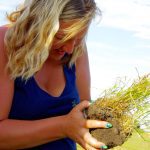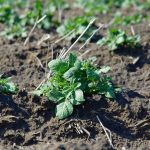Accurately measuring the financial gains or losses of prioritizing soil health is very complex, recent research shows


The answer to that simple question is very complex, recent research shows


Senate soil report highlights shifting focus on core issues

Henry's outreach to farmers spanned more than half a century

The two-year study of Canada’s soils is now complete and recognizes that while conservation efforts over recent decades have been tremendous there is still more to be done


Soil health tactics are not out of reach for the spud sector

Tech called a ‘game changer’ for farm agronomic decisions

The first Ted Poyser Lecture in Soil Health launched at University of Manitoba is imminent

Pipelines disrupt yields longer than expected: researcher